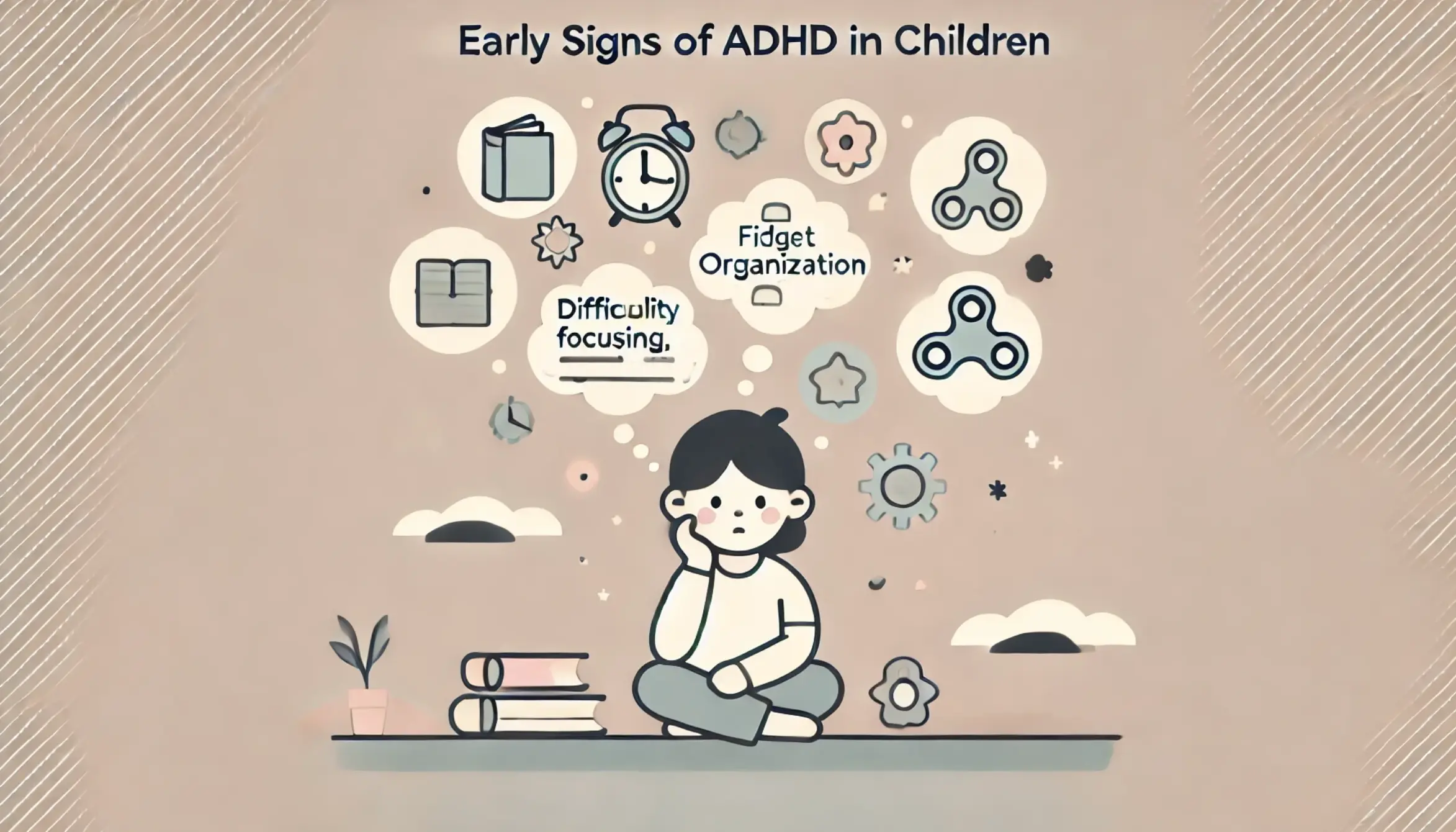Observing behavior is an important component to the psychological evaluation process. Researchers and practitioners can obtain significant insights into an individual’s actions by observing their motivations, ideas, and emotions.
These findings serve as a basis for creating therapies and interventions that work. A greater understanding of human behavior is attainable by identifying patterns and trends in behavior using systematic observation techniques like direct observation or video recordings.
So, if you want to learn more, keep reading as we explore the intriguing world of behavioral observations and their practical applications.
Understanding the Importance of Behavioral Observations
Behavioral observations are integral in deciphering human actions, emotions, and motivations. They serve as a window into the complex workings of the mind, aiding behavioral psychologists, educators, and researchers in understanding behavior patterns.
By carefully observing individuals in various contexts, discovering valuable insights guide the development of effective interventions and treatments.
Moreover, behavioral observations contribute to the advancement of psychological knowledge, enabling the identification of trends and phenomena that shape our understanding of human nature and societal dynamics.
Tools for Assessing and Understanding Behavior Patterns
Assessing and understanding behavior patterns is essential for various fields, from psychology to education. Professionals gain valuable insights into underlying motivations and thought processes by observing individuals’ actions, emotions, and reactions in different contexts and using behavioral assessment.
This understanding allows for tailored interventions and strategies to address behavioral challenges effectively. In addition, recognizing behavior patterns contributes to a deeper comprehension of human nature and societal dynamics, paving the way for informed decision-making and fostering healthier interactions within communities.
Identifying and Managing Behavioral Triggers and Influences
Identifying behavioral triggers and influences is crucial in understanding human actions and reactions. By analyzing contextual factors and the stimuli prompting certain behaviors, psychologists and researchers can discover the underlying motivations and psychological processes at play.
This knowledge enables the development of targeted interventions and strategies to modify behavior effectively. In addition, understanding these factors can help us better understand one another and the dynamics of our society, which can increase our capacity for empathy and lead to more welcoming and accepting places for everyone to live.
Tracking Success: Monitoring Progress and Treatment Effectiveness
Monitoring progress and treatment effectiveness is most important in ensuring the success of interventions. Through systematic observation and assessment, practitioners can track changes in behavior over time, identifying areas of improvement or those that may require further attention.
This continuous assessment enables practitioners to modify treatment plans as necessary, guaranteeing their alignment with the individual’s objectives and requirements. By continuously monitoring progress and behavior evaluation, practitioners can gauge the effectiveness of interventions and make informed decisions to optimize outcomes for their clients or patients.
Effective Intervention and Support Strategies
Intervention and support strategies are vital tools in addressing behavioral challenges and fostering positive outcomes. By tailoring interventions to individual needs, practitioners can effectively target underlying factors contributing to problematic behaviors. These strategies may include cognitive-behavioral techniques, social skills training, or environmental modifications.
Additionally, ongoing support and encouragement reinforce positive changes and help individuals navigate challenges. By implementing a holistic approach that considers individual strengths and environmental influences, practitioners can empower individuals to achieve their goals and thrive in their daily lives.
Techniques and Methods for Effective Behavioral Observations
Methods and techniques for behavioral observations are foundational tools for understanding human behavior. From direct observation to an event sampling approach, these methods offer a diverse range of insights into individuals’ actions, emotions, and motivations.
Researchers and practitioners use various observational strategies to gather comprehensive data. By employing these techniques, professionals can uncover intricate behavioral patterns, contributing to advancements in psychology, education, and beyond.
Join us as we explore the best methods and techniques for behavioral observations.
Direct Observation
Direct observation is a fundamental method for studying behavior in its natural context. By systematically observing individuals in real-time settings, researchers gather valuable data on actions, interactions, and environmental influences.
This method allows for the collection of rich, detailed information, and provides insights into behavioral patterns and dynamics.
Direct observation is versatile and adaptable to various research questions and settings, making it a cornerstone of behavioral research in fields such as psychology, education, and sociology. Its effectiveness lies in its ability to capture authentic behavior as it unfolds.
Structured Observations
Structured observations involve systematic data collection based on predefined criteria or categories. Researchers design observation protocols to focus on specific behaviors or aspects of interest, ensuring consistency and reliability in data collection.
This method provides a standardized framework for studying behavior across different contexts, facilitating comparisons and analysis. Structured observations are particularly useful in quantitative research, allowing for the measurement of the frequency, duration, or intensity of behaviors.
By employing structured observation techniques, researchers gain valuable insights into behavior patterns and underlying processes, advancing scientific understanding in various fields.
Naturalistic Observations
Naturalistic observations involve studying behavior in real-life settings without interference from the researcher. This method allows for the exploration of genuine behaviors in their natural context, offering valuable insights into everyday actions, interactions, and environmental influences.
By immersing themselves in the natural environment, researchers can capture authentic behaviors as they naturally occur, providing a rich understanding of human behavior. Naturalistic observations are particularly useful for studying complex social dynamics, cultural differences, and the impact of environmental factors on behavior.
Self-Report Measures
Self-report measures involve individuals providing information about their thoughts, feelings, or behaviors. These measures typically consist of questionnaires, surveys, or interviews, where respondents answer questions about their experiences, attitudes, or perceptions.
Self-report measures offer a direct insight into subjective experiences, allowing researchers to explore aspects of behavior that may not be observable through other methods such as behavioral evaluation. Factors such as memory, social desirability, or response bias may influence self-report data, but they still serve as valuable tools for understanding individuals’ perspectives and experiences.
Event Sampling
Researchers use event sampling (a method of behavior assessment) to focus on specific occurrences or events within a set timeframe.
By systematically recording instances of predefined behaviors or events, researchers can gather detailed data on frequency, duration, and context. Event sampling allows for the study of rare or infrequent behaviors, providing insights into their occurrence patterns and triggers.
This method is particularly useful in understanding behaviors that may not occur frequently, ensuring that researchers capture and analyze each instance comprehensively.
Approaches for Interpreting Behavioral Observations Effectively
Interpreting behavioral observations is a multifaceted process essential for deriving meaningful insights and conclusions. Firstly, identifying and documenting key behaviors lays the foundation for analysis. Researchers carefully record observable actions, emotions, and interactions, ensuring detailed data collection.
Analyzing behavior patterns and trends involves examining frequency, duration, and sequence of behaviors to discern underlying patterns and associations. This process provides valuable insights into individuals’ psychological states and motivations.
Considering environmental factors and context is crucial for understanding behavior within its natural setting. Social dynamics, cultural norms, and situational variables influence behavior, shaping its expression and interpretation. By contextualizing observations, researchers can gain an understanding of the complex interplay between individuals and their environment.
Moreover, ensuring the reliability and validity of behavioral observations is essential. Researchers employ rigorous methodologies and measurement tools to enhance the accuracy and credibility of their findings. By addressing potential biases and sources of error, researchers can confidently conclude and make informed decisions based on behavioral observations.
Applications of Behavioral Observations for a Better Understanding
Behavioral observations find diverse applications across various fields, which play a role in understanding, managing, and improving human behavior. Educational settings use behavioral observations for behavior management strategies. Educators observe student behavior to identify challenges, implement interventions, and promote positive behavior reinforcement.
In clinical psychology, behavioral observations are integral to behavioral assessment. Psychologists observe and analyze patient behavior to diagnose psychological disorders, develop treatment plans, and monitor progress.
Furthermore, behavioral observations are crucial for evaluating treatment interventions. By systematically observing changes in behavior over time, practitioners assess the effectiveness of interventions and make necessary adjustments to treatment plans.
Organizational settings employ behavior analysis to enhance workplace performance and productivity. Observing employee behavior allows managers to identify strengths, weaknesses, and areas for improvement, leading to targeted interventions and organizational development strategies.
Looking for a Neurodevelopmental Evaluations?
Behavioral observations as part of neurodevelopmental evaluations offer invaluable insights into human behavior across various contexts, from educational and clinical settings to organizational environments.
By systematically documenting and analyzing behavior, practitioners can identify patterns, assess effectiveness, and implement targeted interventions to improve outcomes.
If you’re seeking expert guidance, don’t hesitate to contact our team at Ability Psychological Services. Our expert resources and network of professionals can provide the support and guidance you need to make a meaningful impact. Reach out to APS today!





